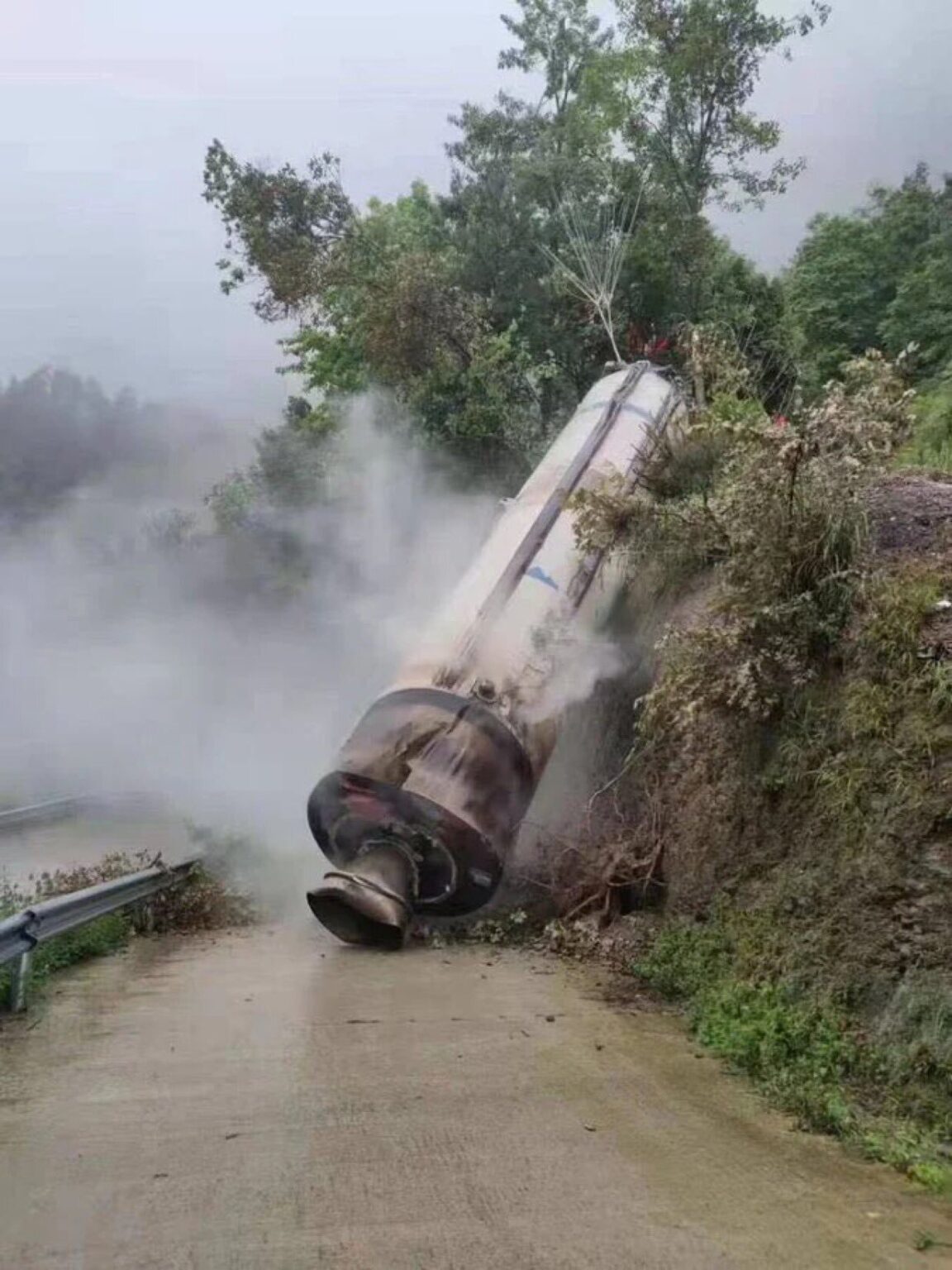On June 22, China launched the Long March 2C rocket. It successfully put into orbit the SVOM X-ray telescope. The launch was marred by the fact that one of the rocket’s side boosters fell in a populated area.

SVOM is a joint development of the Chinese Academy of Sciences and the French National Center for Space Research. The spacecraft will search for gamma-ray bursts. These are the brightest electromagnetic events in the Universe. They are thought to result from the death of the most massive luminaries or events such as neutron star and/or black hole mergers. Scientists hope that the data collected by SVOM will allow them to better understand exactly how gamma-ray bursts occur.
The launch of the telescope was a success. However, news of SVOM’s successful launch into orbit was quickly lost in a flood of posts and videos on Chinese social media. They show the fall of one of the boosters used to launch the Long March 2C rocket. It fell dangerously close to a village in Zhengyuan County.
[Disturbing Video. Long March 2C, Sino🇨🇳-France🇫🇷@CNES SVOM launch]
Despite often claims by authority of “prior public notification”, complete-booster fallings with remaining highly toxic UDMH fuel near/at populated areas from outdated-but-cheap rockets continue to occur. pic.twitter.com/CKTHuCFc6q— CNSA Watcher (@CNSAWatcher) June 23, 2024
It is worth saying that such situations are not at all uncommon for China. They are related to the fact that three of the four main Chinese spaceports are located in the interior of the country. This is a legacy of the Cold War — their location was chosen to complicate potential attacks on them by the US or USSR. This has had its price in the form of spent stages and side boosters of the rockets launched from them falling on land in populated areas.
The country’s authorities say they are warning the public about the upcoming launches and evacuating residents from potentially dangerous areas. But despite this, videos regularly appear on social networks that show fragments of launch vehicles falling dangerously close to populated areas.
Another angle of the Long March 2C booster falling into the village pic.twitter.com/0XGi4hqJe7
— Truthful🛰️ (@Truthful_ast) June 23, 2024
Another important detail is also worth noting. Many Chinese rockets, including Long March 2C, use unsymmetrical dimethylhydrazine (heptyl) as propellant. It is the source of the characteristic orange plume in the video of the falling gas booster. It is a highly toxic substance with carcinogenic properties. Inhaling its vapors can lead to very serious health effects or even death. It is known that during the dispute between Serhii Korolov and Valentyn Glushko about the principles of choosing fuel for rockets, Koroleov called heptyl a “damn poison”.
So far, China has no plans to abandon the use of toxic rockets. Which means that new such videos are only a question of time.
Earlier we told you about how not to get confused by China’s Long March rockets.


